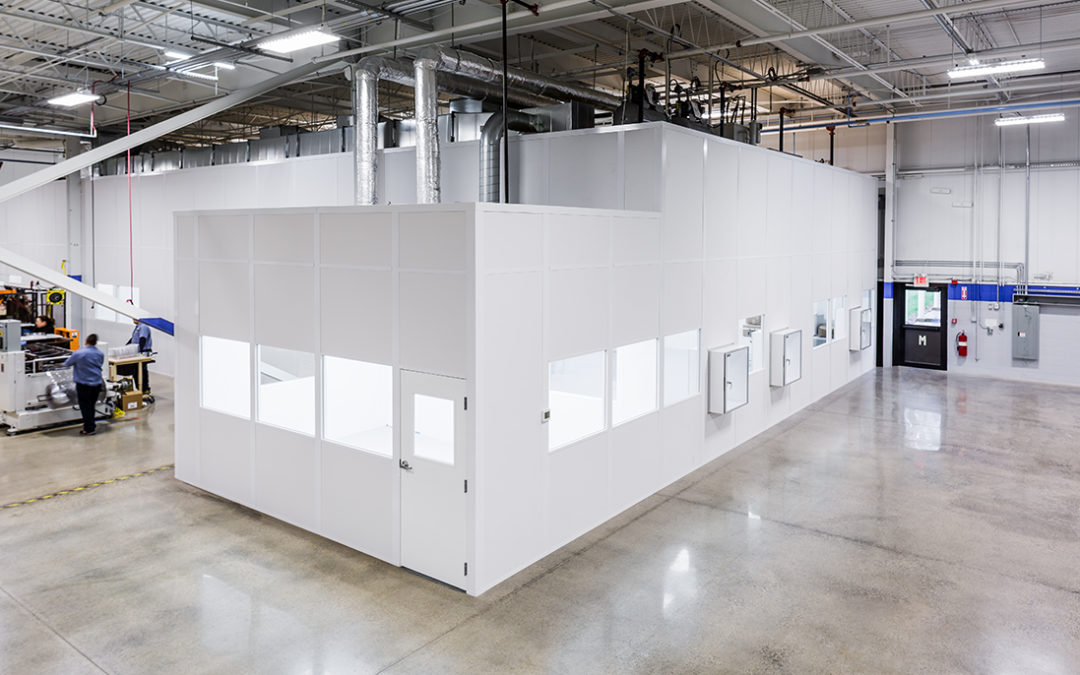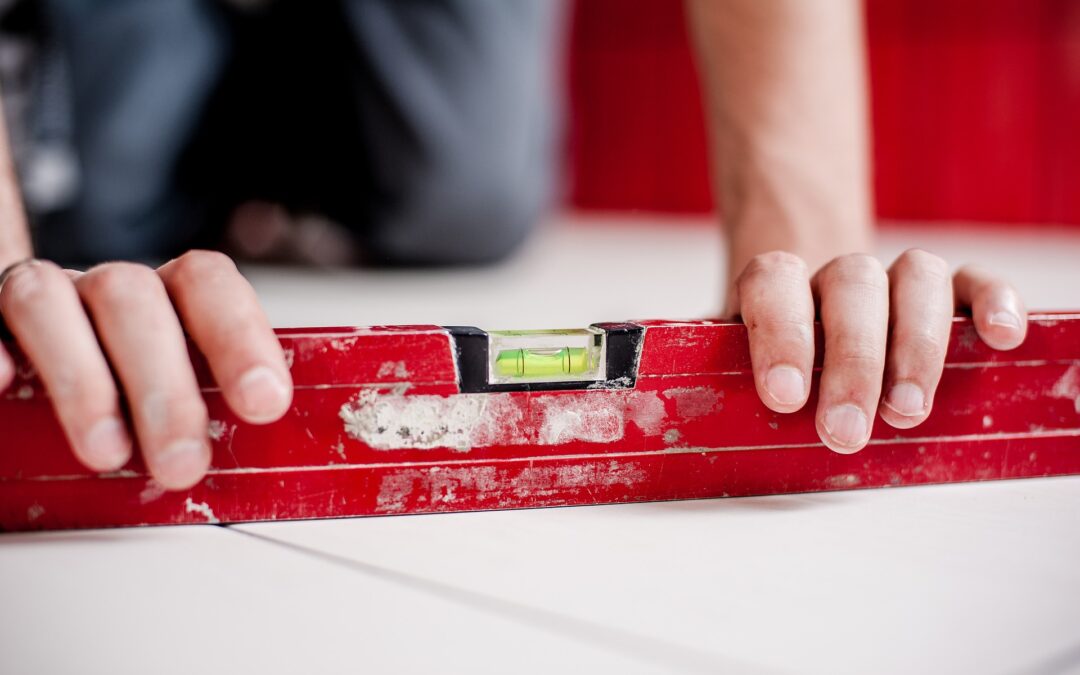
Turnkey vs Non-Turnkey Cleanroom Construction
Building a new cleanroom is a highly individual process, as it must be tailored to each facility’s needs and cleanroom classification. And this process of customization takes time. While modular construction with prefabricated panels can shorten the lead time of your project, the more “custom” your cleanroom is, generally the more time and money that must go into it.
If you need a complete and custom cleanroom that’s ready for immediate use, a turnkey cleanroom may be the ideal solution for you. Let’s explore the differences between the turnkey vs. non-turnkey cleanroom construction process to see which may serve your project needs better, be produced faster, and offer better value for your investment.
What’s the Difference Between Turnkey vs. Non-Turnkey Cleanroom Construction?
The way you move through this process of designing and installing the ideal cleanroom is significantly different if you choose a turnkey vs. non-turnkey cleanroom construction.
Non-turnkey construction refers to the practice of building a cleanroom step by step, where every component is installed separately, often by different contractors and experts, until the finished cleanroom takes shape.
Turnkey cleanroom solutions are facilitated by one party. The entire project is managed in-house, from planning and design through cleanroom construction and installation. You order the specialized cleanroom you need, and the complete solution is delivered and ready to use.
To break this down a bit further, let’s look into what you can expect with turnkey cleanroom construction vs. non-turnkey construction.
Turnkey vs. Non-Turnkey Cleanroom Construction
Turnkey solutions are a great way to get a highly specialized cleanroom — and save your company money and time. Non-turnkey cleanrooms require you to be more involved in the design and implementation, which has its own pros and cons.
Here’s what you can expect from turnkey vs. non-turnkey cleanroom construction:
Turnkey Cleanroom Solutions
You can save more than just time by finding a turnkey cleanroom solution versus going the traditional route.
Simplified Cleanroom Construction
Turnkey cleanrooms are an end-to-end solution. A thorough planning stage ensures the finished product will be perfectly suited to your project needs. One facilitator for your project, a cleanroom expert, will take time to understand your project goals, cleanroom classification standard, and any wants and needs you may have for your cleanroom.
Highly Customized Cleanroom Solution
Experts handle the entire project from start to finish. They’ll use the highest quality materials for durability and performance, using subcontractors they trust to ensure a seamless finished project that includes all the trades and features you need.
Expert Advice and Service
Even though your project is managed by someone else, it’s easy to customize your cleanroom to be exactly what you need. Cleanroom experts will take you through the process so you can be as involved with as many design decisions as you want.
Since these experts will understand your cleanroom inside and out, they’ll be the best resource if there’s ever a problem. For regular maintenance to repair, your turnkey cleanroom provider will be able to help you figure out what you need and solve any problems quickly and efficiently.
Accurate Budget and Timeline Estimate
Part of the project plan will be to estimate the budget and timeline of your project, and you can trust your cleanroom engineer to stick to it. This means a turnkey cleanroom can often be completed faster than in the non-turnkey cleanroom construction process.
When you choose a turnkey solution, you can entrust the process to experts and expect the complete cleanroom delivered exactly how and when you need it.
Non-Turnkey Cleanroom Construction
Non-turnkey cleanroom construction may take time, but if you’d prefer to handle all of the details yourself, it offers you more control over the final product.
Burden of Responsibility
With non-turnkey cleanroom construction, the party responsible for understanding the project inside and out — is you. If you know a lot about cleanroom design already, you may feel prepared to make all of the decisions for what materials to use and how to install them.
You’ll likely gather great advice from the contractors and designers you work with, but this could also lead to differing opinions and an overwhelm of information.
Complete and Manual Customization
One advantage of non-turnkey construction is that all the customizations are entirely in your hands, but you’ll be responsible for doing thorough research to find out what’s possible and cost-effective. You’ll be in charge of locating experts for each component of the cleanroom, and have to trust they can integrate each system with other parts of the project.
Complicated Maintenance and Repair
If something goes wrong with your cleanroom, you’ll have to track down the right person for the job — and if you don’t fully understand the problem, it could take more time and money to find a technician with the right experience.
Extended Timeline and Budget
Non-turnkey cleanroom construction has a tendency to extend longer than expected because it requires coordination across many schedules, waiting time for material availability, and additional time for product research.
For these reasons, non-turnkey construction is more challenging to confine to a strict budget — both monetarily and temporally — as working with different contractors, products, and vendors are variables not easily defined.
Is a Turnkey Cleanroom Solution Right for You?
Whether you’re starting from scratch with a brand new cleanroom or need to upgrade or redesign an existing one, a turnkey cleanroom could offer your facility some serious advantages. A turnkey cleanroom solution may be right for you if:
- You need a ready-to-use cleanroom for your project on an accelerated timeline
- You need a cleanroom that is easily adaptable for future projects
- You need a highly specialized cleanroom to meet ISO Class 5 or cleaner standards
- You need to redesign a cleanroom to meet more stringent ISO standards
- You need a cleanroom designed and built to meet specific budget requirements
Angstrom Technology is a leader in the modular cleanroom industry. Whatever the size and classification of your project, we can deliver the turnkey cleanroom that fits your specifications and exceeds your expectations. Reach out to our team to get started today.




